how long does a spotted lanternfly live
The best way to use neem oil to kill spotted lanternflies is to create a diluted solution. 19 when a resident spotted a.
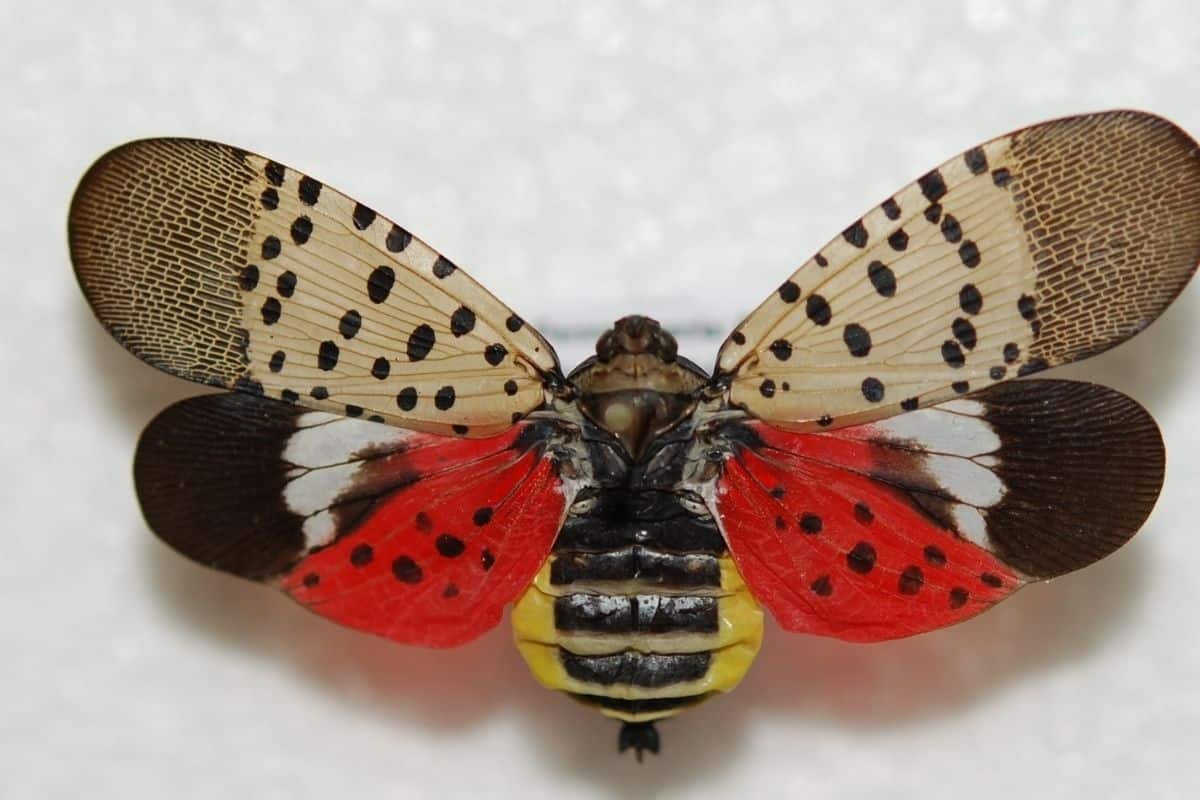
Spotted Lanternfly Invasive Species Council Of British Columbia
The Spotted Lanternflies lay 2 egg masses with each egg mass.
. In late April and early May. Anyone that spots signs of the spotted lanternfly should contact DEPP by calling 866-NO EXOTIC 866-663-9684 or send an email to DEPPdnrINgov. Spotted lanternflies are invasive and can be spread long distances by people who move infested material or items.
Additionally phylogenomic analysis has shown that the spotted lanternfly originally evolved in southwest China eventually diverging into six phylogeogra. The egg masses are covered in a white putty-like substance which age over time to look like cracked mud. In a gallon sprayer full of water add about four teaspoons of neem oil and two teaspoons of dish soap.
The females will lay their eggs on trees stones or objects cars farm equipment outdoor furniture. The initial report came on Oct. The adult is a winged flying leaf-hopper about 1 to 1 and ¼ inch long with grey wings with dark black.
But completely eradicating them will be unlikely he added. Before long the lanternfly will starve to death. How do I identify a Spotted Lanternfly.
In their native countries there are probably multiple predators that keep their populations in check. The spotted lanternfly probably wont kill your majestic trees as there have been no reported incidents of mature tree death said Kunkel. SLF live through the winter as eggs.
Spotted lanternflies preferred host to feed and mate on is the tree-of-heaven Ailanthus altissima an invasive plant first introduced to the Philadelphia-area in the 18 th century. Black-and-white spotted lanternfly nymphs about a quarter-inch long are starting to hatch in the region hopping across decks patios and trees before they morph over the summer into flying. Spotted lanternflies are plant parasites and have been observed feeding on more than 70 species of.
They are believed to have been introduced from South East Asia around 2012. Spotted lanternflies do not bite or sting humans but. Old egg masses appear as rows of 30-50 brownish seed-like deposits in 4-7 columns on the trunk roughly an inch long.
The bug is at least some sort of threat all across the nation says Kathy Glassey. Flying leaf-hopper about 1 to 1 and ¼ inch long. Old egg masses appear as rows of 30-50 brownish seed-like deposits in 4-7 columns on the trunk roughly an inch long.
10 Tips to Fight the Spotted Lanternfly. The Egg Stage October-June This stage is perhaps one of the most important to control the Spotted Lanternflies. The spotted lanternfly is about an inch long and half an inch wide.
The Spotted Lanternfly Lycorma delicatula is native to China and was first detected in Pennsylvania in September 2014. The Indiana DNR is asking for all citizens to keep an eye out for spotted lanternfly. One possible sign of good news.
The spotted lanternfly is originally native to parts of China with some evidence of it being native to parts of India Vietnam and Taiwan. But not fast enough. The females lay the eggs in a row and cover them with a white waxy secretion.
Spotted lanternflies live through the winter only as eggs. When flying it exposes its red and black hind wings. However they have been known to host on over 70 other plant species and will lay eggs just about anywhere.
In the late summerearly fall adults mate and females lay brown seed. The forewings are gray with black spots. The lanternfly has a black head black legs and a yellow abdomen with black bands.
Mix everything up and start spraying. Delicatula evolved between 55 and 516 myr during the Ypresian Era. The bright color of both the last instars and the adults of the insect should be present at this time of the year.
All life stages of the spotted lanternfly from egg to adult. Because they lay eggs in groups of 30 to 50 it didnt take long for the spotted lanternfly to become prolific in Pennsylvania and neighboring states. The Spotted Lanternfly feeds on a range of trees and the result is destructive.
Where They Can Be Found. Eggs are laid in masses on trees under bark on carsRVstrailers on outdoor grills and on many other surfaces. They dont seem to attack live ones however.
The spotted lanternfly was first discovered in Pennsylvania in 2014. Despite quarantine efforts in Pennsylvania the Spotted Lanternfly has spread to over 3 states and caused massive amounts of damage to host trees. SLF live through the winter only as eggs.
Fossil evidence indicates L. They will eat trees grapes hops vegetable plants flowers and almost any plant in their path. The reasons for this is that it is much easier to kill and control.
They are spreading at an alarming rate. What to Look For. Where Does the Spotted Lanternfly Live.
Spotted lanternfly feeds on a wide range of. October - June. Spotted lanternflies are excellent hitchhikers but the problem isnt going anywhere.
The Spotted Lanternfly is from Asia and entered the US in 2012 in Berks County. 2 days agoIn 2020 a population of the invasive spotted lanternfly was spotted south of Steubenville along the Ohio River. Eggs are laid in masses on trees under bark on rusty metal on plastic yard objects on cars and trailers on outdoor grills and on many other surfaces.
Since 2014 they have spread to more than seven states including New Jersey Delaware and Maryland. The Spotted Lanternfly is native to Asia and first arrived in the United States in 2014. The spotted lanternfly feeds on plants by sucking out the sap from leaves stems or trunks.
A natural predator from the spotted lanternflys home range may be identified and imported to help control the invasion but this is a distant thought at least a decade. Spotted lanternfly feeds on a wide range of fruit ornamental and woody trees with tree-of-heaven being one of the preferred hosts. Freshly laid egg masses which are about 1 long and laid on hard surfaces including trees stones patio furniture etc.
How do I identify a Spotted Lanternfly. And this is in addition to the fact that each female is believed to lay at least 2 of these egg cases. The lifecycle of the spotted lanternfly is one generation per year.
The reasons for this is that it is much easier to kill and control the eggs than to kill the 50 odd insects that hatch from it. Although they do not bite or sting they swarm people making it difficult to be.

Be Alert For Spotted Lanternfly Ohioline
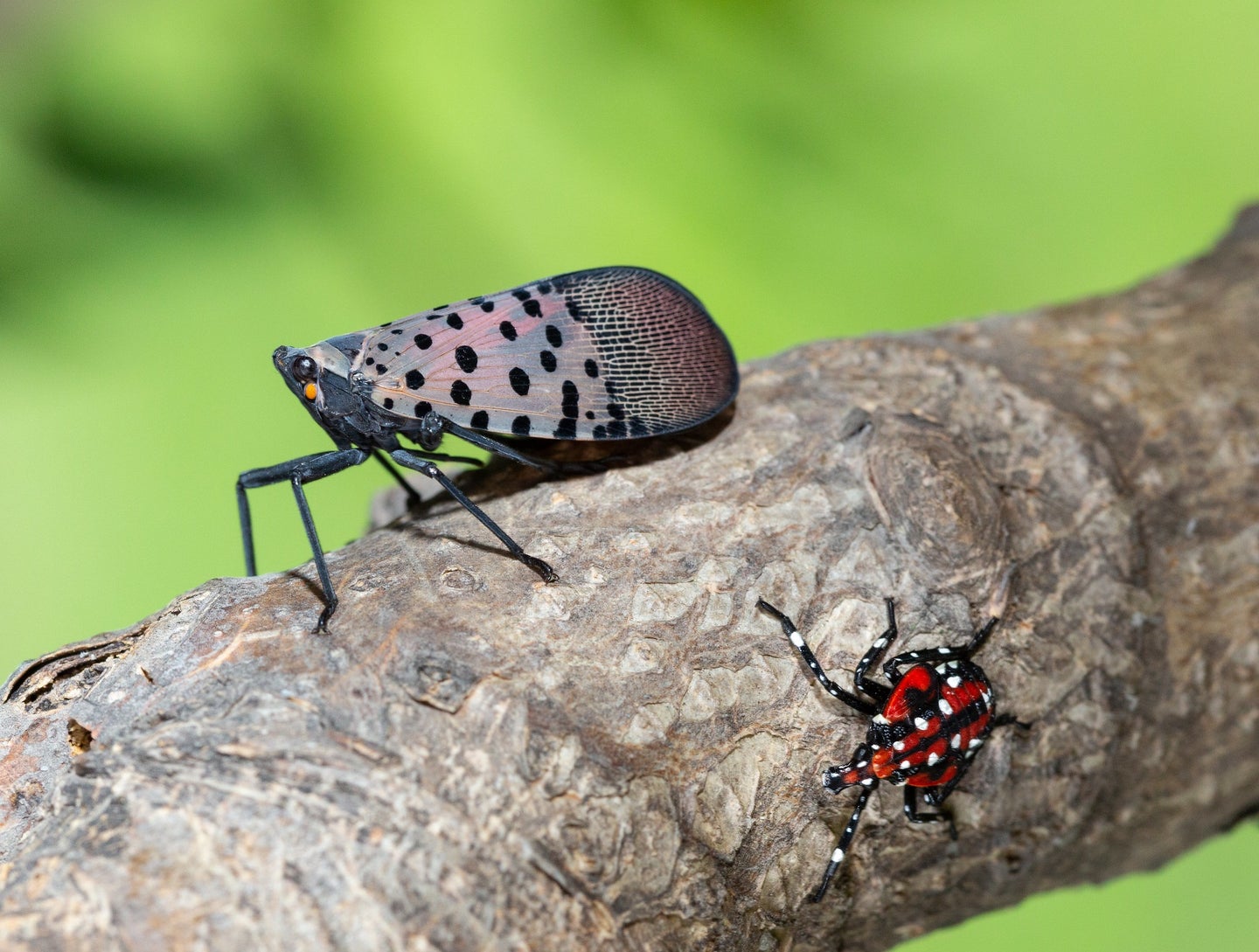
The Spotted Lanternfly Is Spreading Rapidly In The Us Popular Science
Spotted Lanternfly Information Somerset County
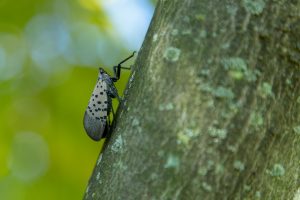
Spotted Lanternfly Delaware Department Of Agriculture State Of Delaware

Spotted Lanternfly The Hopper Environmental Lit Poetry Art
So Long Spotted Lanternfly Penn State College Of Agricultural Sciences

Spotted Lanternfly Chesapeake Bay Program

Biology Life Cycle Identification And Dispersion New York State Integrated Pest Management

The Life Cycle Of Spotted Lanternfly Ken S Gardens
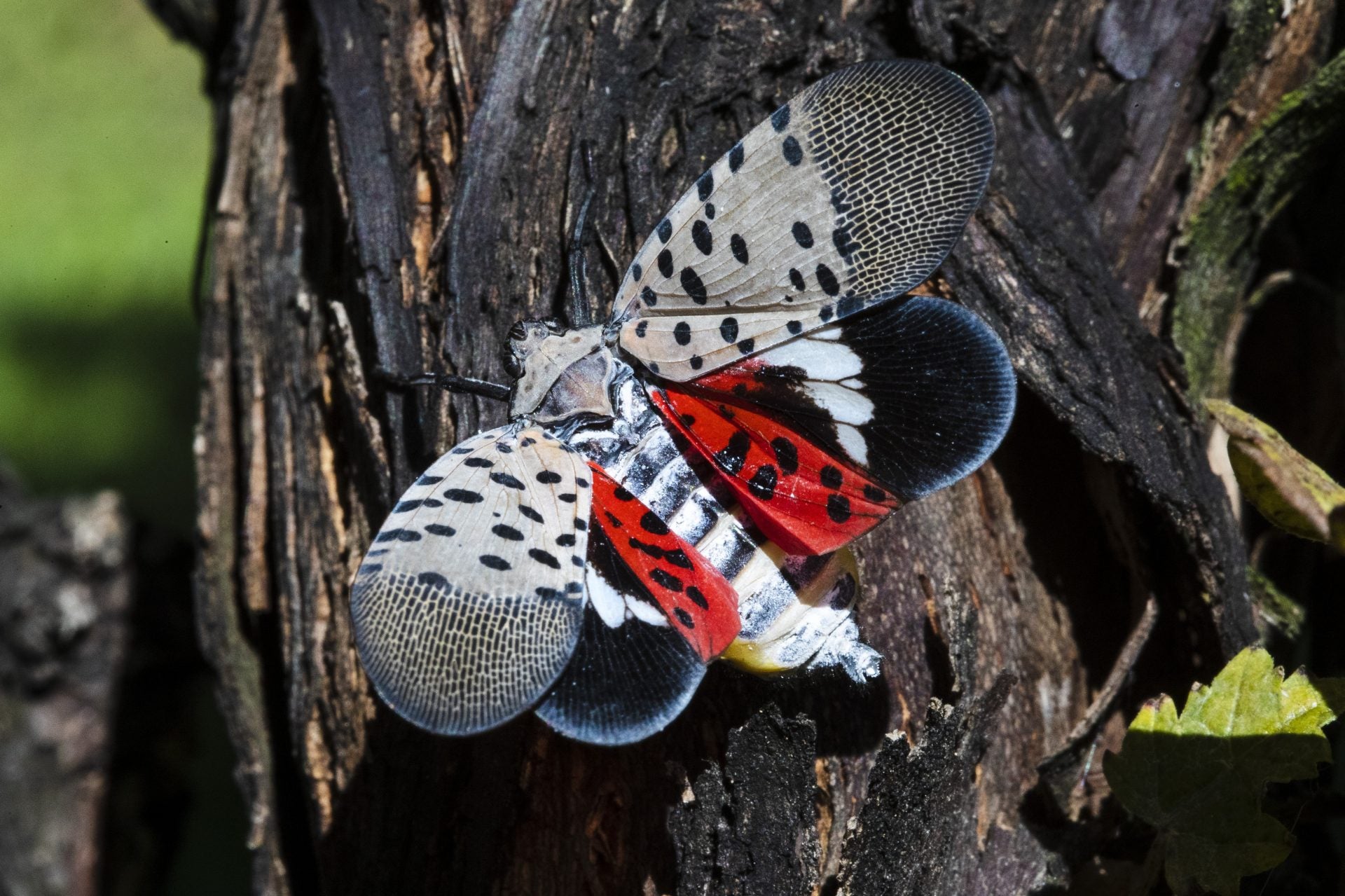
Squash It Smash It Just Get Rid Of It Spotted Lanternfly Continues To Spread In Pa Whyy
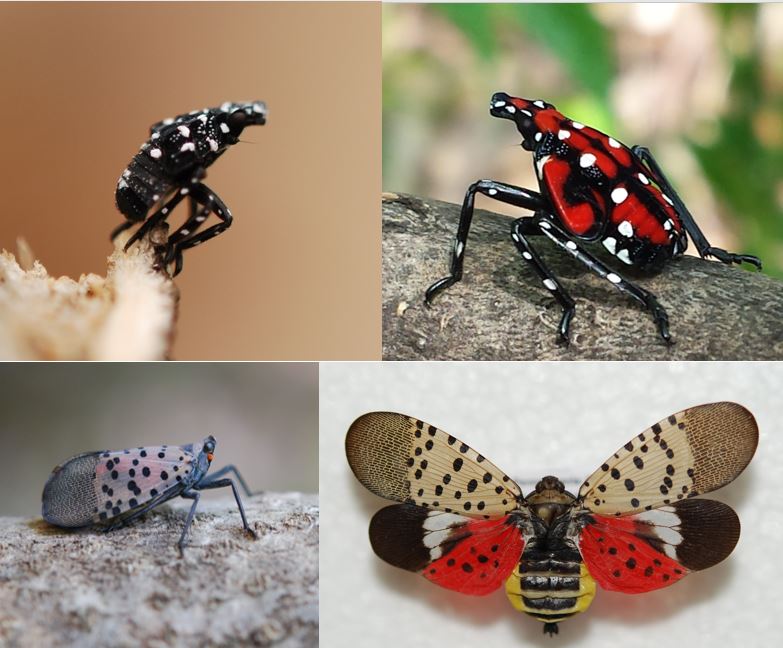
Spotted Lanternfly Valley Forge National Historical Park U S National Park Service

Biology Life Cycle Identification And Dispersion New York State Integrated Pest Management

Biology Life Cycle Identification And Dispersion New York State Integrated Pest Management
New Jersey S Invasive Spotted Lanternflies What Are They Talon Post Open

Spotted Lanternfly Lifecycle Spotted Lanternfly
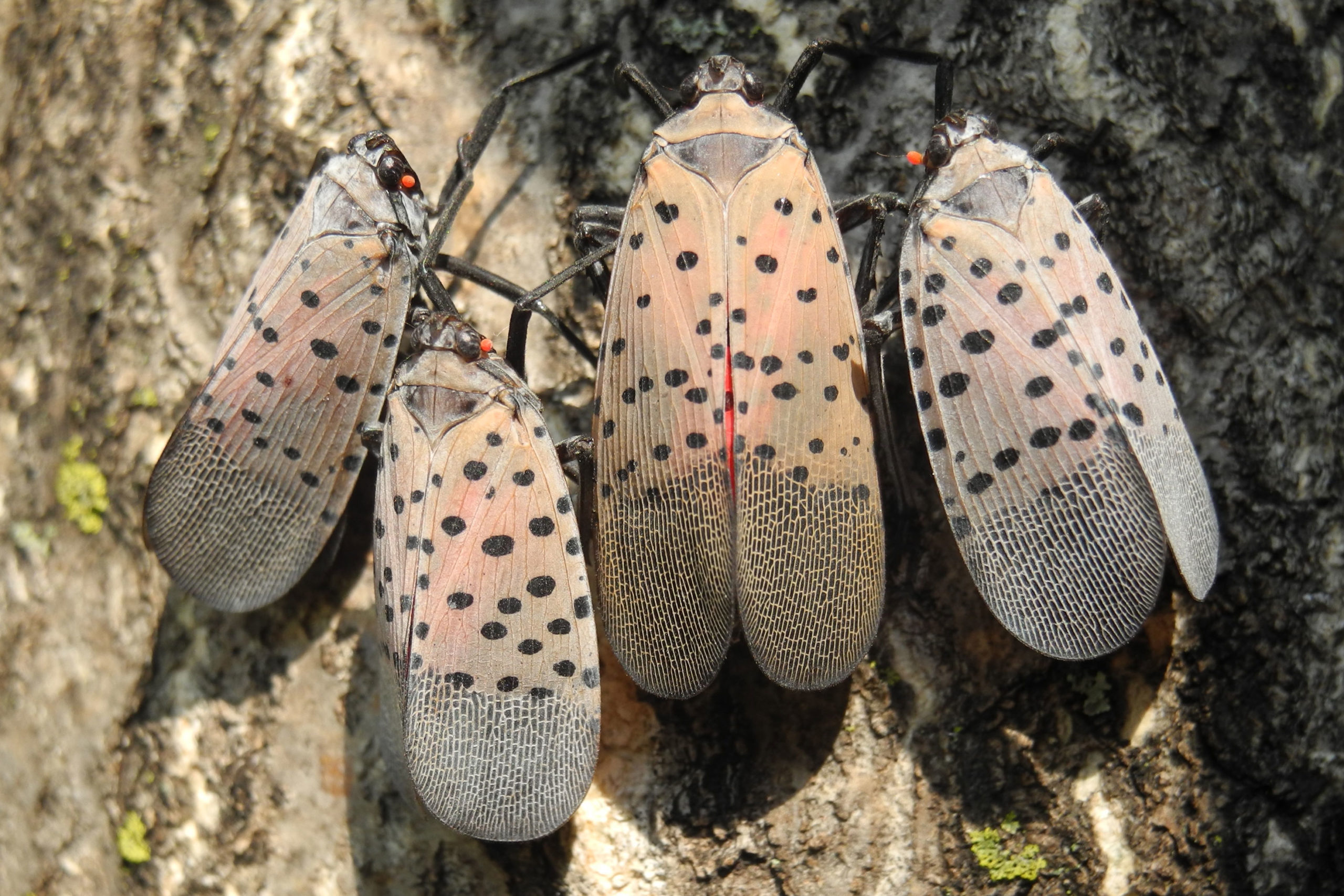
City And State Government Work To Prevent Spotted Lanternfly Infestation The Cornell Daily Sun
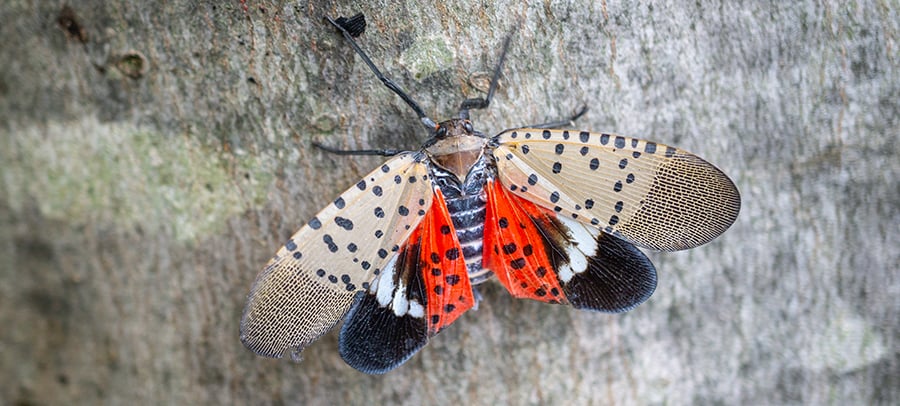
What You Need To Know About Spotted Lanternflies In New Jersey

Biology Life Cycle Identification And Dispersion New York State Integrated Pest Management
